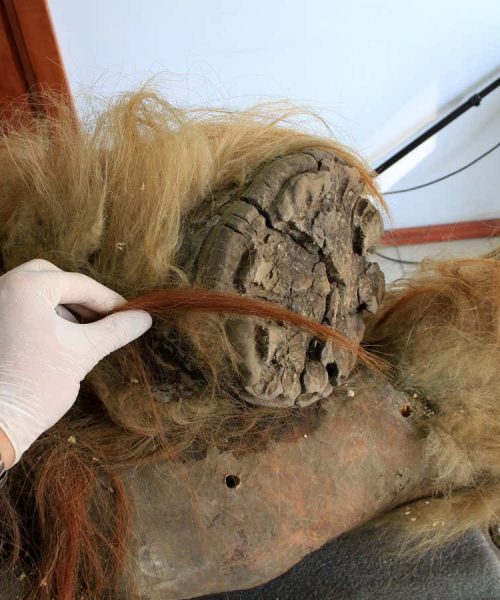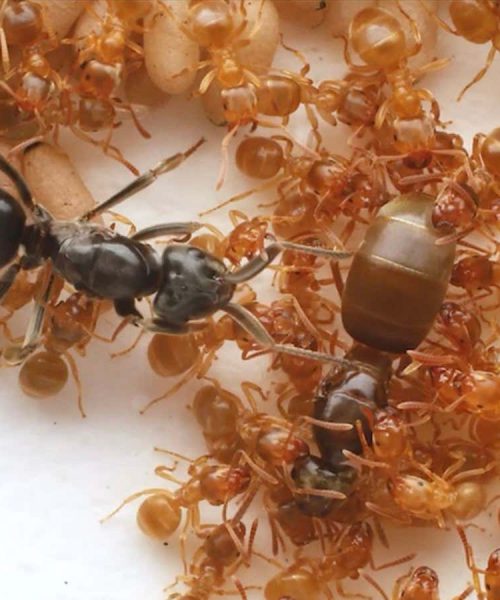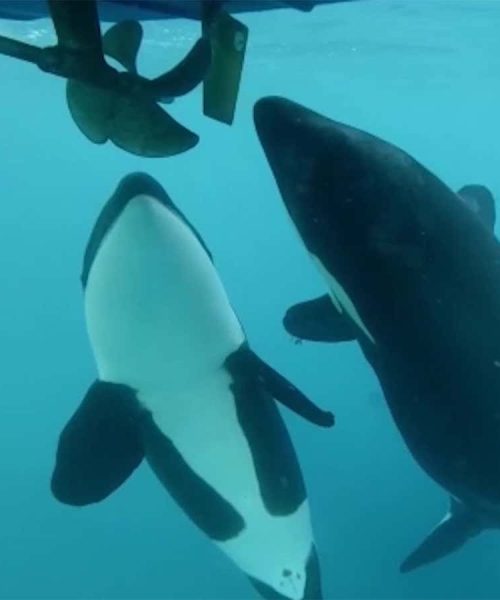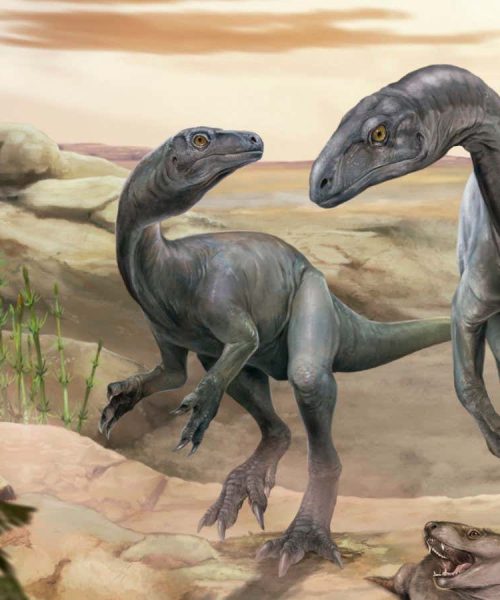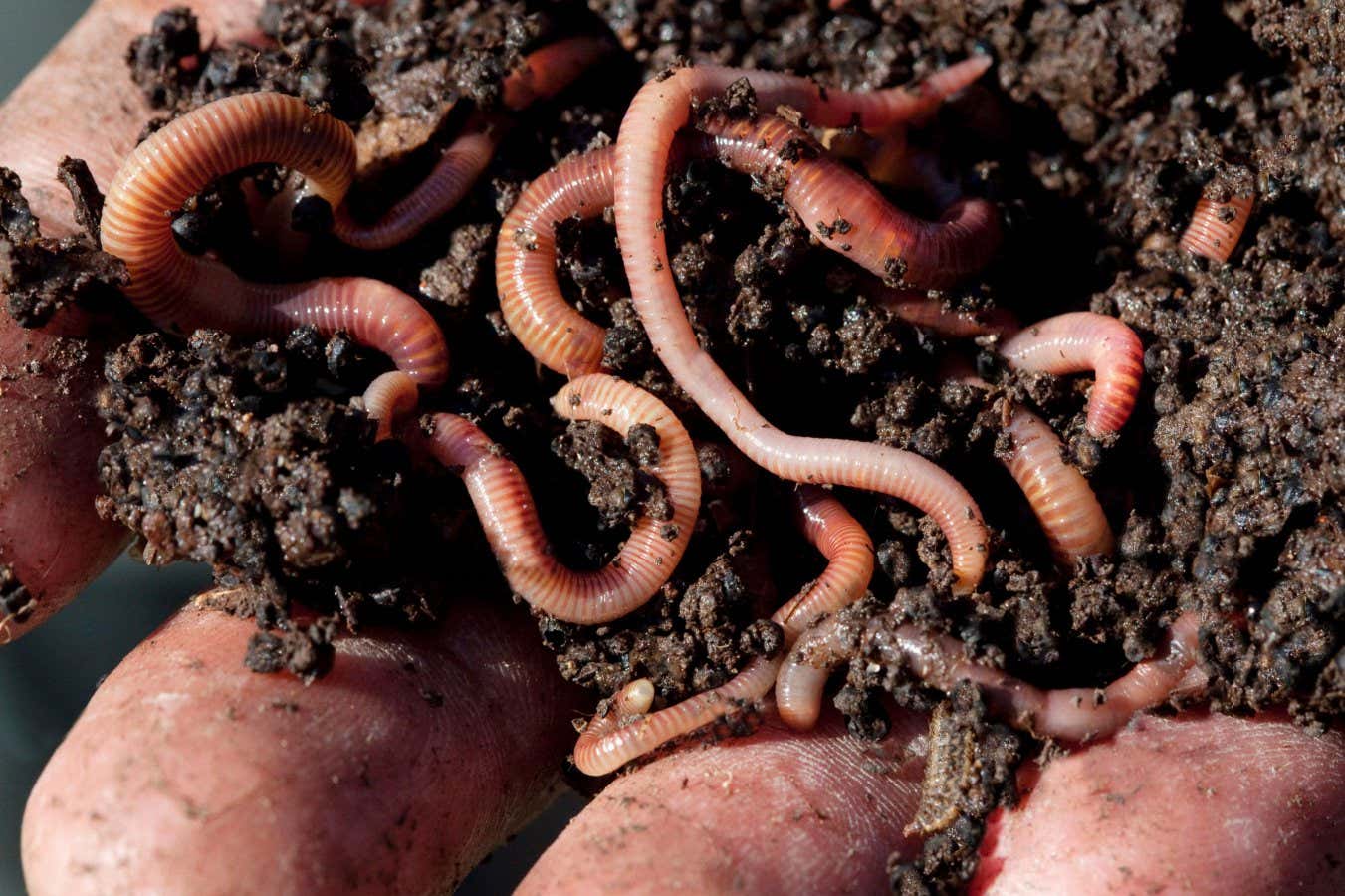
There are probably many more earthworm species than those that have been officially recognised
Andia / Alamy
Tens of thousands of species of earthworms are likely to be wriggling in the world’s soil, yet to be discovered by scientists – which will probably take more than 100 years to do.
Earthworms play a critical role in recycling organic nutrients in ecosystems. Researchers fear that without identifying all these species, they could be lost before we know they exist.
Advertisement
More than 5700 species and subspecies of earthworms have already been described by scientists. But Thibaud Decaëns at the University of Montpellier in France wondered if this could be an underestimate when he noticed the diversity of earthworms while he was working in the Amazon.
To learn more, Decaëns and his team conducted sampling surveys in French Guiana, often flying by helicopter to remote areas of the Amazon rainforest and spending up to two weeks collecting every worm they could find in 1-hectare plots.
“We have only recorded 55 described species in French Guiana,” says Decaëns. “Whereas there are probably at least 2000 species there.” The scientists did similar sampling in France, which together suggested that the diversity of earthworms is must greater than previously thought.
In another part of the experiment, they worked with a statistician to estimate the number of earthworm species worldwide that haven’t yet been discovered, according to existing records and the rate at which new species are described.
“On a global scale, we estimate that at least 30,000 species of earthworm exist on the planet,” says Decaëns. Based on the number of worm taxonomists globally and the rate at which they classify specimens, it will take 120 years before they are all identified, he says.
“It is harder to conserve a group of species, such as earthworms, if we don’t know the basics of how many species there may be and where those species are,” says team member Helen Phillips at the University of Helsinki in Finland.
Keiron Brown at the Biological Recording Company in the UK says the research highlights how little we know about earthworms. “It is baffling how we’ve become so behind with understanding such an ecologically important group of animals.”
Topics:

